ISO /ASME Cryogenic Tank CONTAINER
A cryogenic tank container is a specialized shipping container designed for transporting and storing cryogenic liquids, such as liquid nitrogen, oxygen, or argon, at extremely low temperatures.
Incorporated in 2004, DSW is one of the most reputed companies in the cryogenic tank container market and complies with the size, durability, and strength per the ISO standards.
container tank Technical Specifications
Model: 1CC-TCS-20000/16
Insulation Type: Multilayer Vacuum Insulation
| No. | Specification | Inner Vessel | Outer Vessel |
|---|---|---|---|
| 1 | Design Pressure (MPa) | 1.6 | -0.1 |
| 2 | Working Pressure (MPa) | 1.6 | -0.1 |
| 3 | MAWP (MPa) | 1.6 | / |
| 4 | Design Temperature (℃) | -196 | -19 to +50 |
| 5 | Working Temperature (℃) | ≥ -196 | Normal |
| 6 | Pneumatic Test Pressure (MPa) | 1.6 | HLD |
| 7 | Gross Volume (m³) | 20.8 | 5.5 (interlayer) |
| 8 | Effective Volume (m³) | 19.76 | / |
| 9 | Medium | LOX / LIN / LAR | Multilayer |
| 10 | Main Material | S30408 | Q345R |
| 11 | Surface Treatment | Pickling and Passivation | Sandblasting and Coating |
| 12 | Corrosion Allowance (mm) | 0 | 0 |
| 13 | Joint Efficiency | 1 | 0.85 |
| 14 | Filling Rate | 95% | / |
Performance & Safety Parameters
| No. | Specification | Value |
|---|---|---|
| 15 | Static Evaporation Rate (%/d) | ≤0.22 (LOX), ≤0.35 (LIN), ≤0.24 (LAR) |
| 16 | Vacuum Degree (Pa) | ≤1 × 10-2 |
| 17 | Vacuum Interspace Leakage Rate (Pa·m³/s) | ≤1 × 10-6 |
| 18 | ISO Code | 22T7 |
| 19 | Diameter (mm) | Inner: Φ2150 / Outer: Φ2400 |
| 20 | External Dimensions (L×W×H, mm) | 6058 × 2438 × 2591 |
| 21 | Orientation Type | Horizontal |
| 22 | Tare Weight (kg) | ~7890 |
| 23 | Fully Loaded Weight (kg) | ~15986 (LIN), ~27585 (LAR), ~22546 (LOX) |
| 24 | Design Service Life | 15 years |
| 25 | Safety Valve Opening Pressure (MPa) | 1.89 |
| 26 | Container Classification | Class III |
| 27 | Portable Tank Guideline | T75 |
The structure for Cryogenic Containers
An inner vessel constructed of stainless steel and designed to withstand very low temperatures.
Carbon steel forms the outer vessel. To maintain cryogenic temperatures and ensure safety, these vessels are separated using various insulation materials that insulate each other.
Cryogenic storage tanks feature two containers and an innovative pressure regulation system to maintain constant pressure for user needs and requirements.
How to choose a cryogenic container?
It is dependent upon which liquid gas to store.
Companies looking for cryogenic tank containers must carefully consider which substances they need to store, then inform the manufacturer.
Different substances require tanks with different shapes and designs to store their respective cryogenic liquid effectively.
Some common substances that require a cryogenic container include:
LIN (liquid nitrogen)
LOX (Liquid Oxygen)
LAR (Liquid Argon)
CO2 (Carbon Dioxide)
LNG (Liquefied Natural Gas)
LHe (Liquid Helium)
LH2 (Liquid Hydrogen)
LPG ( Liquefied Petroleum Gas)
Liquid Ethylene
DSW would supply a full range of transport and storage solutions for cryogenic air gases like nitrogen, oxygen, and argon (LIN/LOX/LAR), carbon dioxide (CO2), liquefied natural gas (LNG), and other gases.
ASME tanks (Cryogenic Tank Container) get their name from the American Society of Engineers. These vessels are designed for permanent installation on a property. Because they have thicker steel and are not exposed to the same hazards that portable DOT cylinders are, recertification is not required. ASME tanks are measured in gallons. Standard tank sizes range from 120 gallons to 2,000 gallons. On the other hand, the capacity of DOT cylinders is measured in pounds of water. They might vary in size from 5 pounds to 420 pounds.
At DSW, we design ASME cryo containers and large vacuum-insulated cryogenic pressure vessels according to client needs and international and local regulations.
Design, engineering, and production teams come together in our cryogenic tanks method from initial sketches through construction and commissioning.

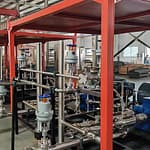

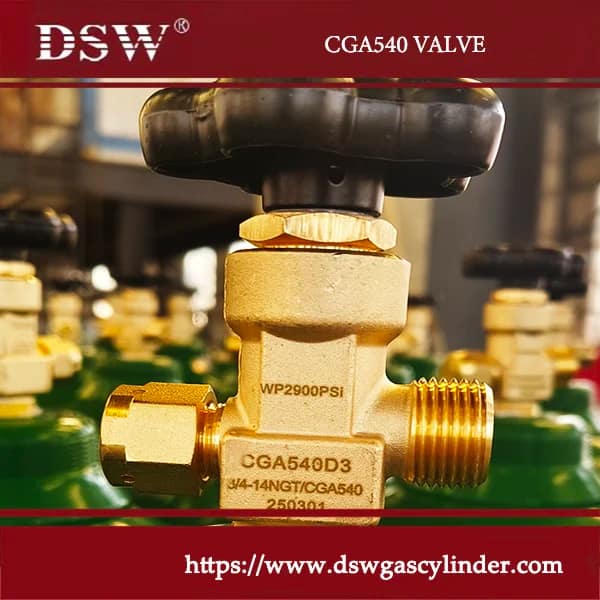
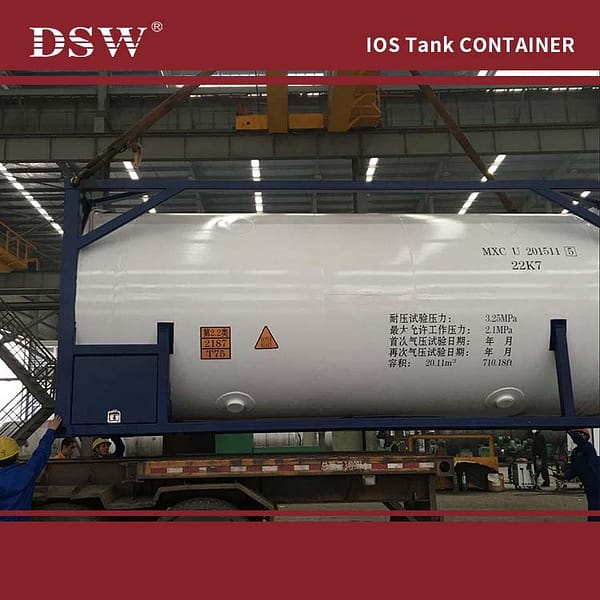

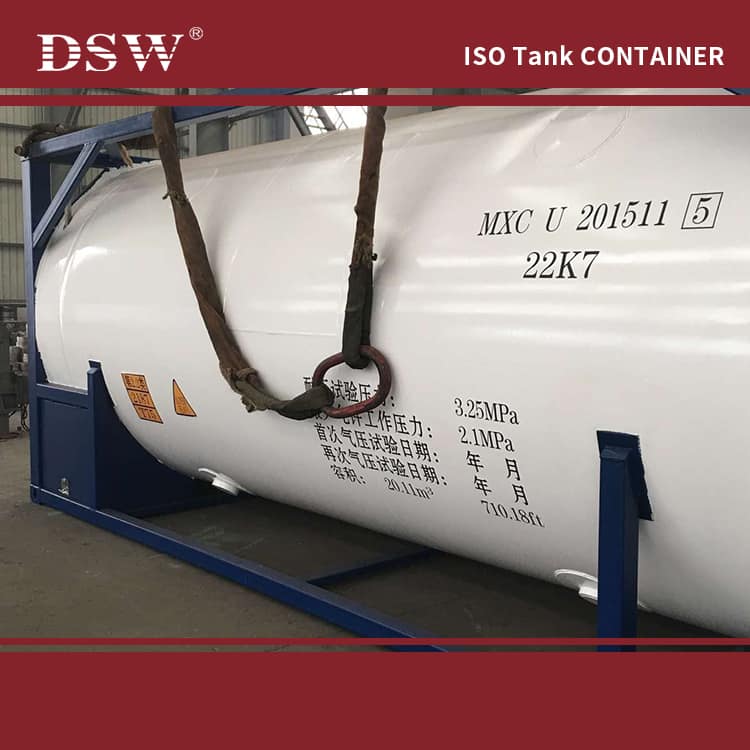





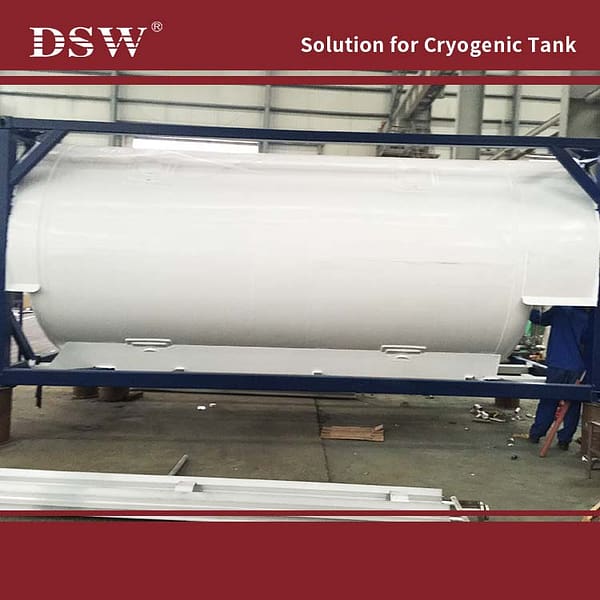
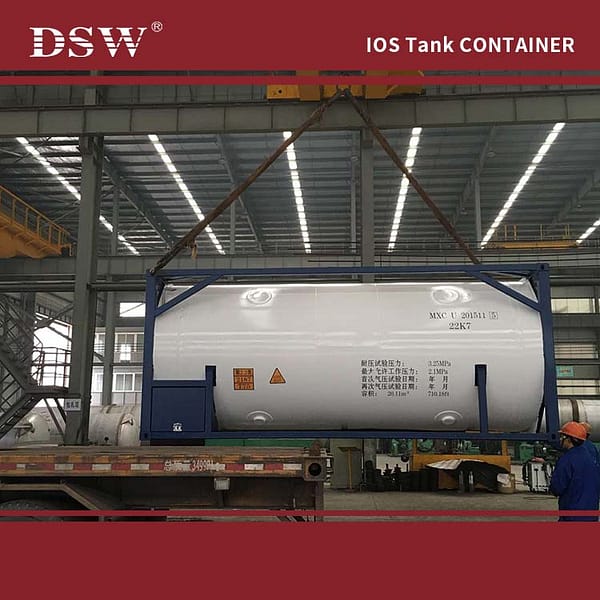
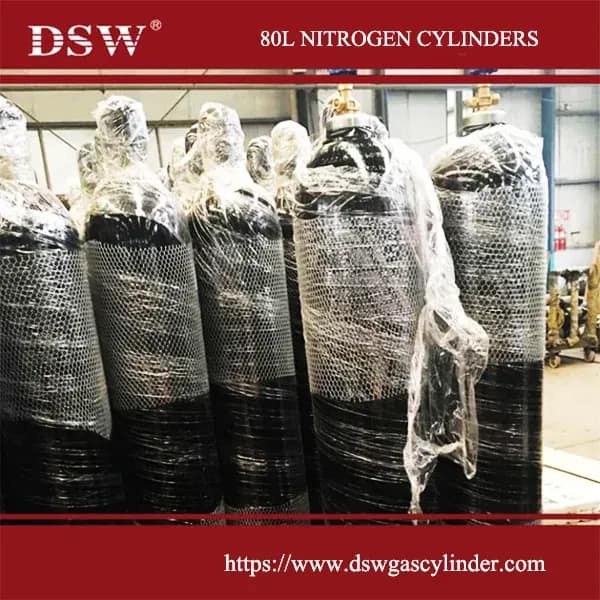
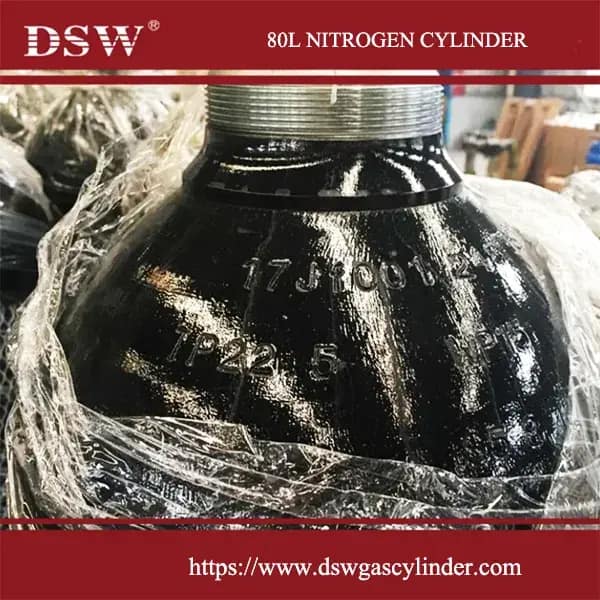


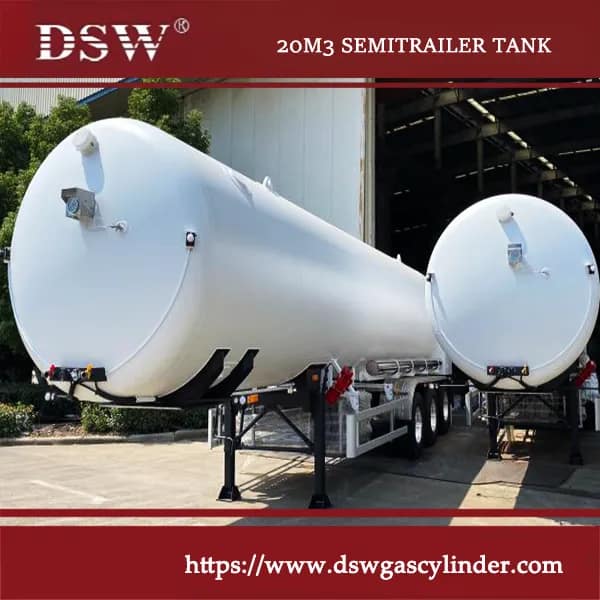
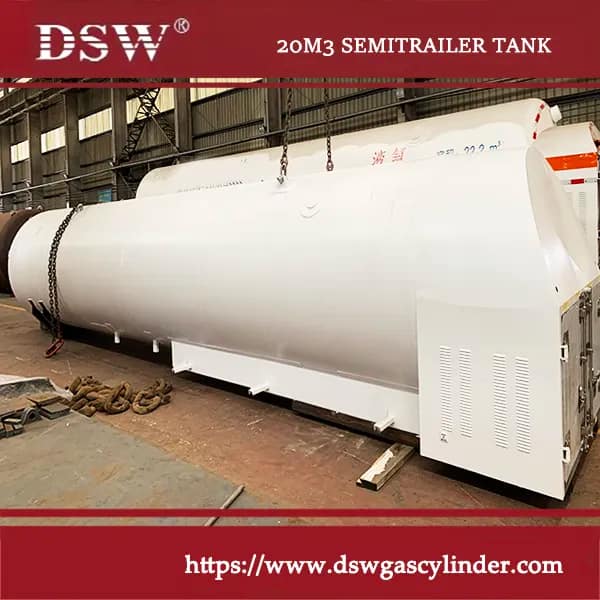
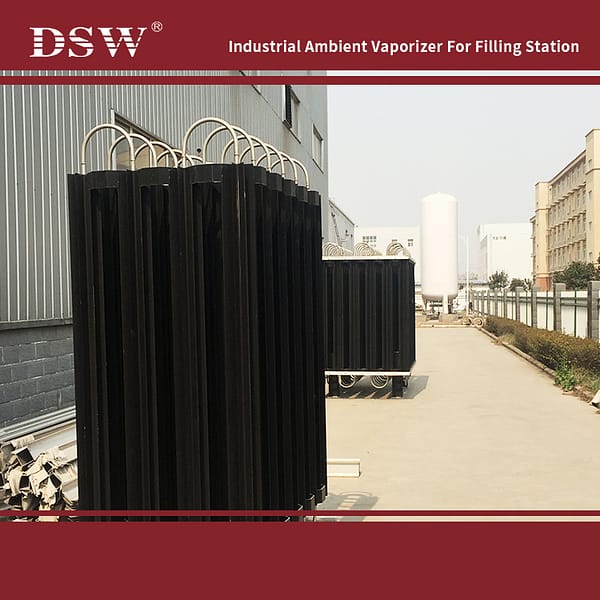
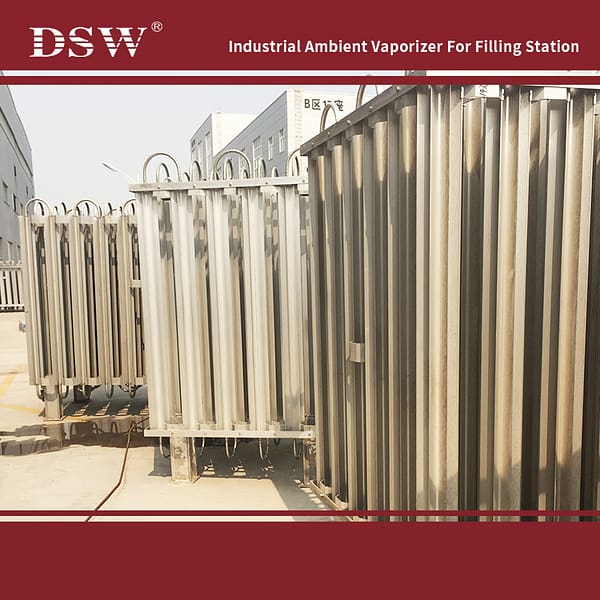
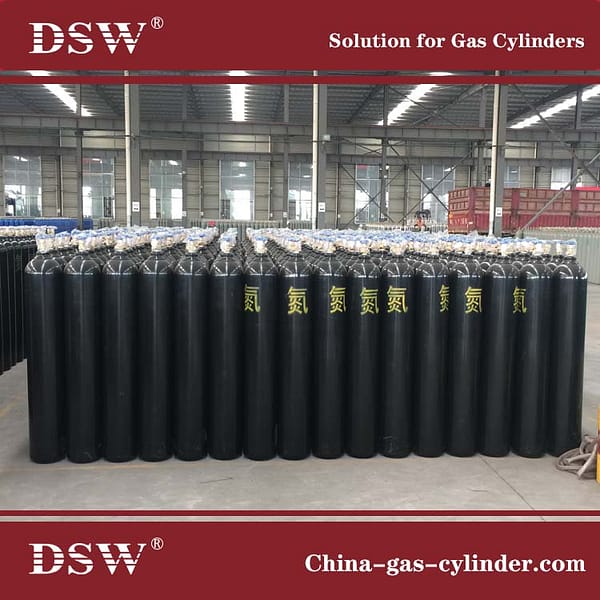
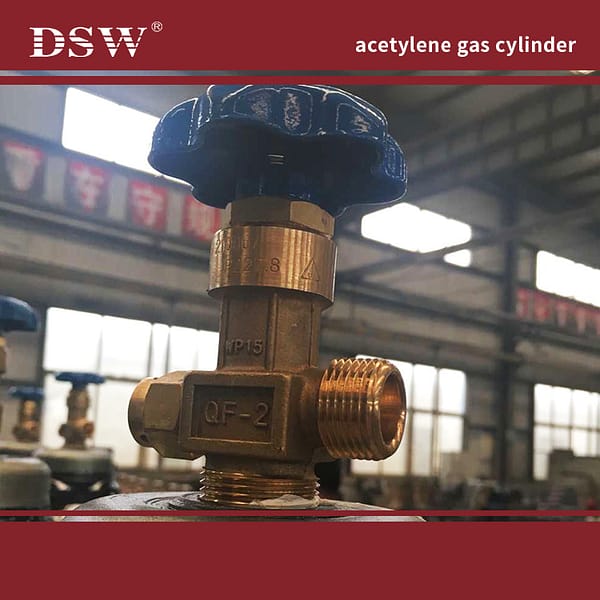
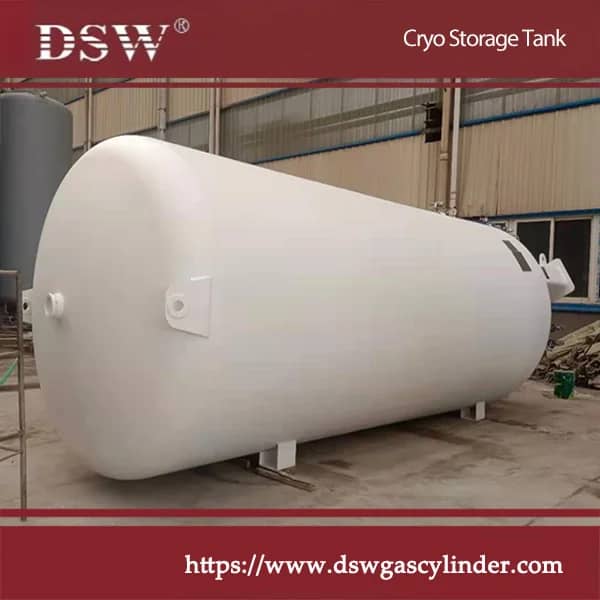

Reviews
There are no reviews yet.